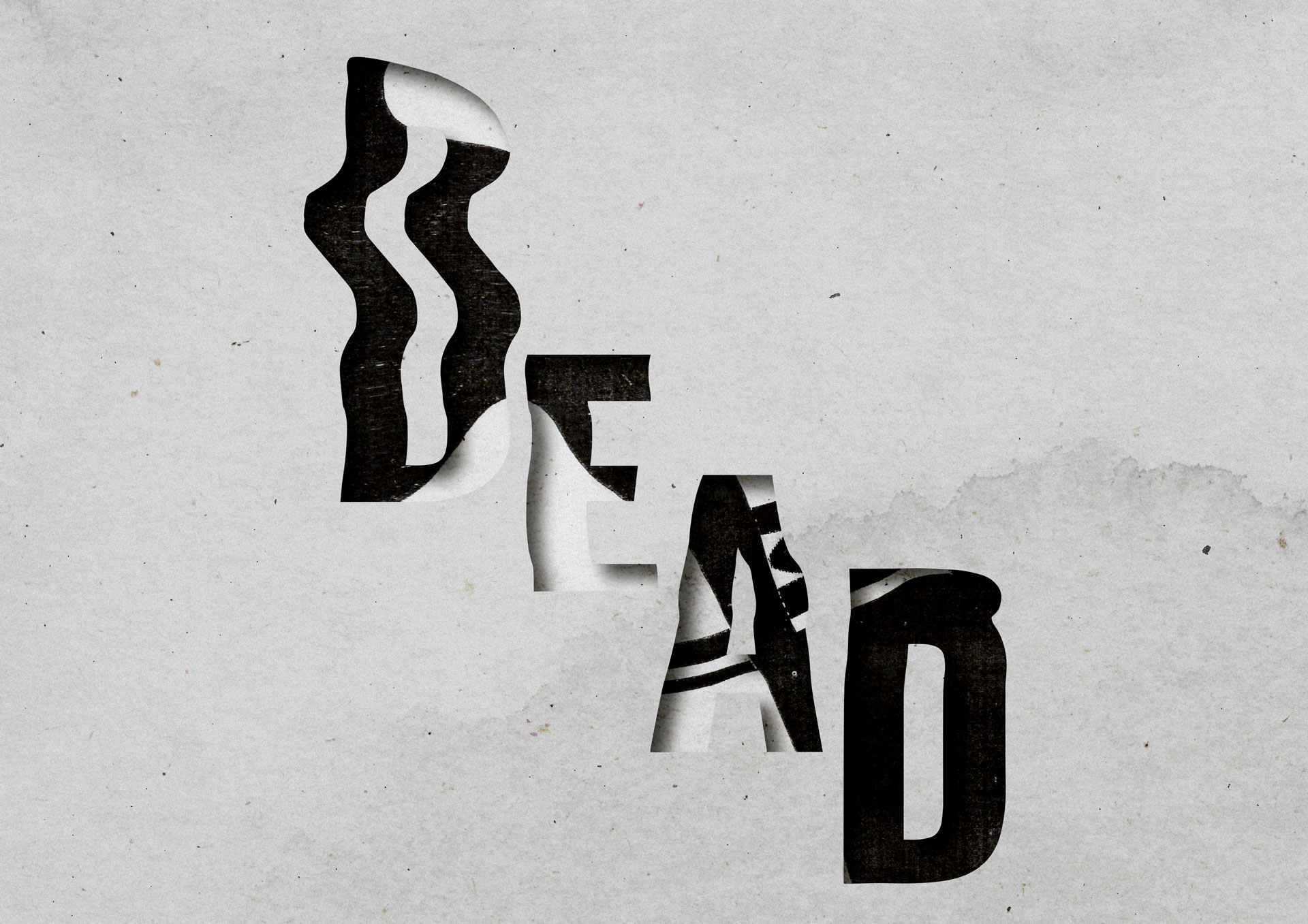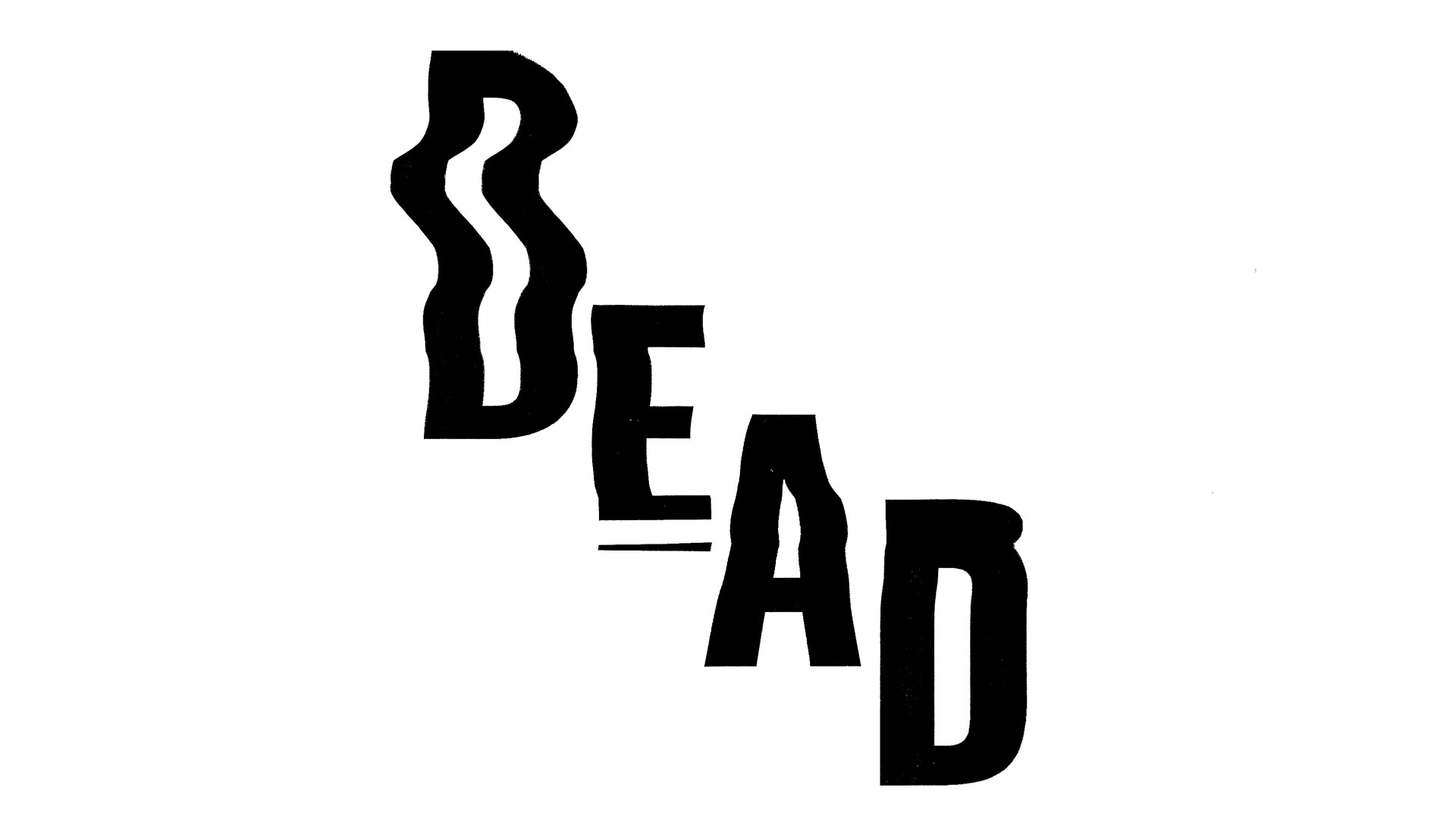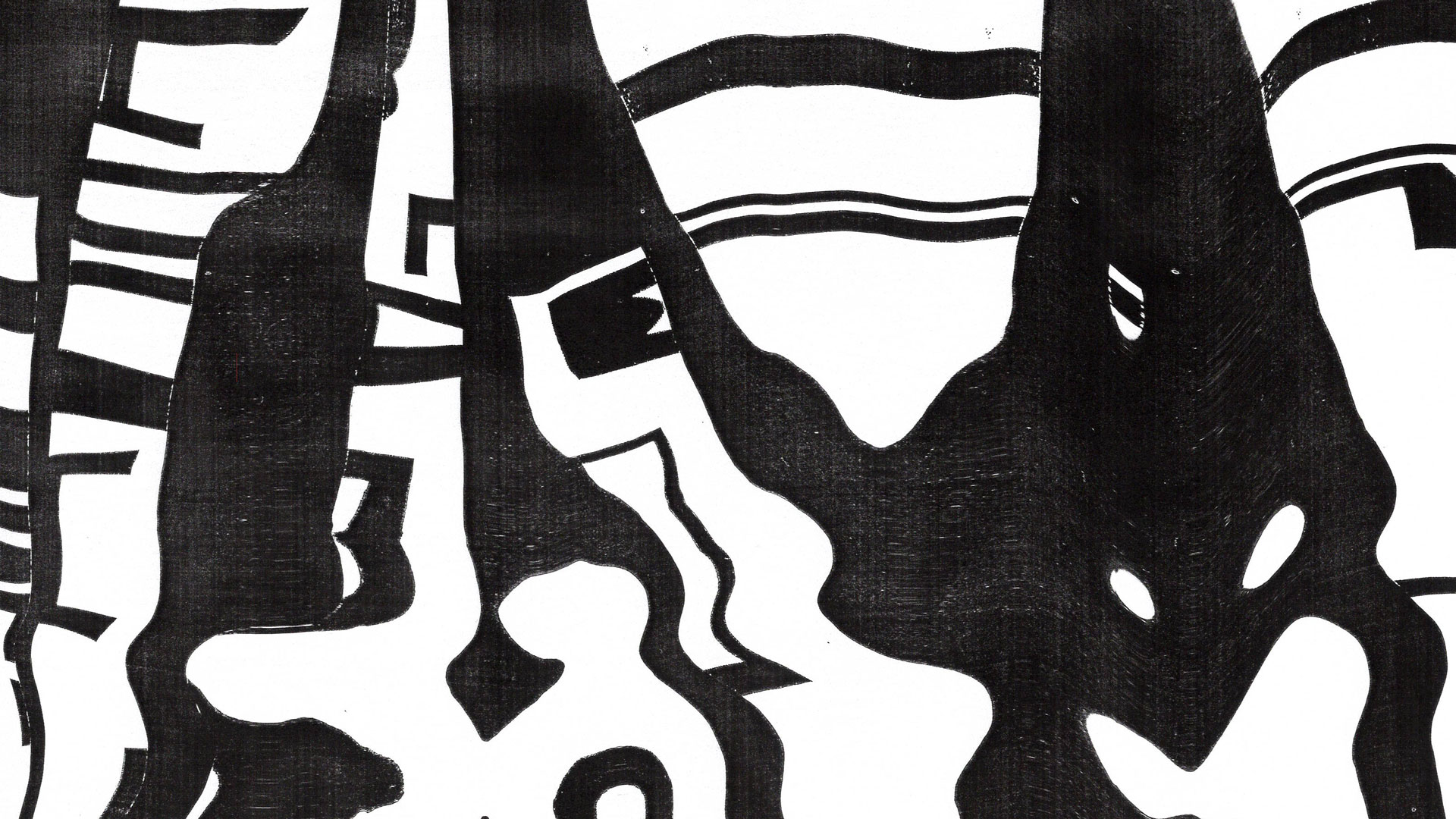


Some may argue that design is dead due to the continuing rise of design automation tools and pre-made templates. Tools such as Canva allow individuals to create visually appealing content without requiring extensive design skills or hiring design practitioners. Furthermore, AI art tools, including Bing Image Creator, allow anyone to generate visual, creative content from a text search.
Consequently, it could be argued that these tools lessen the need for professional services, as design is now accessible to all (Pienaar, 2020) . The accessibility of cheap and free creative tools could be seen as a positive, as it allows individuals to produce content confidently, quickly, and efficiently.
However, there are negatives surrounding templates and automation. Templates that are continually reused and not iterated on could flatten the impact of content as it looks similar to others (Pienaar, 2020 ; Goodman and Stansel, 2020) . The templates chosen may not be suitable for the purpose, as research and context have not been considered.
Additionally, there are also ethical implications from AI art automation. Shaffi (2023) reported that illustrators and artists have concerns about how their creative work is being scraped from the internet and repurposed without their consent. As well as legal and copyright issues, there is a sense that AI imagery could be inauthentic, lacking meaning and thought process.
Although these tools could suggest that design and creativity are dead, this is not the case. Statistics highlighted that "The UK had an estimated 2.29m creative industries jobs in the year to September 2021", made up of 1.62m permanent roles and 663,000 self-employed roles (Creative Industries Council, 2022) . This indicates there is a need for professional design practitioners and creative thinking. AI tools can be used to support creatives in making their process more efficient - not take away from the craft or entirely replace the profession.
Firstly, a typographic composition was created digitally in Adobe Illustrator. This was then printed, with the print then moved around on a scanner to produce a distorted photocopy. After several iterations, a scanograph was selected. The Dead scanography type has a moodiness to it, particularly with the wavy, elongated letter 'D'. The scanograph was re-digitized into a vector format.


Various typographic compositions and scanographs of the word 'Dead' were cut up and included in an analogue collage. The collage uses a monochrome color palette to create an impactful contrast. This particular collage is simple in form, particularly as the words have just been cut into long strips and overlayed on black paper.
The Dead collage then went through the scanography process. A scanograph was then re-scanned and manipulated, causing organic, wavy, and abstract shapes - almost like flowing water. As a stand-alone piece, it is striking and high-contrast. However, this scanograph was then used as a background texture in the final digital stencil graphic, Design is Dead.


Using both Adobe Illustrator and Adobe Photoshop, the scanography type and scanography collage were brought together. The type was transformed into a digital stencil, cut out from paper texture. The pops of the scanography collage can be seen underneath the stencil - providing abstract shapes and form. The grey paper texture looks like stone, reminiscent of carvings in rock.